 In the cauldron of New York in the late sixties a new form of art was born. Some considered it vandalism others considered it a symbol of urban blight - none dared to call it art save those who gave birth to it. We know this art form as Graffiti, a term that the artists themselves do not use. I call it Urban Street Art or, as my man K.R. ONE refers to it, "A highly stylized derivative of the alphabetical system, the enigmatic bending of what were once known as your ABC's."
In the cauldron of New York in the late sixties a new form of art was born. Some considered it vandalism others considered it a symbol of urban blight - none dared to call it art save those who gave birth to it. We know this art form as Graffiti, a term that the artists themselves do not use. I call it Urban Street Art or, as my man K.R. ONE refers to it, "A highly stylized derivative of the alphabetical system, the enigmatic bending of what were once known as your ABC's."
Okay, I will concede that, to write on a subway car or the side of a building, without someone's permission, is an act of vandalism. However, graffiti moved from the street into the art gallery a long time ago. I knew this back in the mid eighties when I worked for Sotheby's Auction House in New York.  Works by street artists like Jean-Michel Basquiat and Keith Haring started showing up in Sotheby's galleries and they were being sold, at that time, for tens of thousands of dollars. The same society, that vilified graffiti artists as vandals and criminals, was very eager to acquire their works on canvas to display in their condos on the upper east side. But this is often the case with art and artists. At Sotheby's we use to say that the profits from the sale of Impressionist paintings paid the rent and all of the salaries; Impressionist paintings being the most expensive in the market place. Yet we know that Van Gogh died virtually penniless after shooting himself in 1890. I also learned at Sotheby's that art appreciation has little to do with how much you like a work of art but how much that art will increase in value in the years to come.
Works by street artists like Jean-Michel Basquiat and Keith Haring started showing up in Sotheby's galleries and they were being sold, at that time, for tens of thousands of dollars. The same society, that vilified graffiti artists as vandals and criminals, was very eager to acquire their works on canvas to display in their condos on the upper east side. But this is often the case with art and artists. At Sotheby's we use to say that the profits from the sale of Impressionist paintings paid the rent and all of the salaries; Impressionist paintings being the most expensive in the market place. Yet we know that Van Gogh died virtually penniless after shooting himself in 1890. I also learned at Sotheby's that art appreciation has little to do with how much you like a work of art but how much that art will increase in value in the years to come.
 Urban Street Art (U.S.A. dig!) had to be invented given the social climate at the time. There is always a symbiosis among the painter, the poet and the musician in any given generation. When jazz saxophonist Ornette Coleman released his album FREE JAZZ in 1961 whose painting graced the cover of the album? None other than Jackson Pollock, aka "Jack the Dripper", after all, you couldn't use a Rembrandt or a Caravaggio for the jacket of an album of free form improvisational music. Meanwhile on the other side of town , Baraka, Coltrane and DeKooning were creating a dithyramb of poetry, music and painting: an ars poetica for a new generation.
Urban Street Art (U.S.A. dig!) had to be invented given the social climate at the time. There is always a symbiosis among the painter, the poet and the musician in any given generation. When jazz saxophonist Ornette Coleman released his album FREE JAZZ in 1961 whose painting graced the cover of the album? None other than Jackson Pollock, aka "Jack the Dripper", after all, you couldn't use a Rembrandt or a Caravaggio for the jacket of an album of free form improvisational music. Meanwhile on the other side of town , Baraka, Coltrane and DeKooning were creating a dithyramb of poetry, music and painting: an ars poetica for a new generation.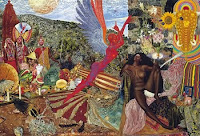
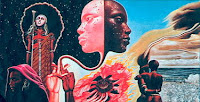
These urban neo-Miros and neo-Mondrians were troubadours of the transit system. Hell, they couldn't afford to buy and stretch canvases so they used what was available until they "got up and got noticed."
When I was at Sotheby's I worked on a video treatment of a collection of Impressionist paintings. The collection consisted of Lautrec, Monet, Pissaro, Renoir, Cezanne and Cassatt among others. The videotape depicted the beauty of the paintings magnificently with fades and dissolves that both accentuated and complimented the paintings. All that was needed was music. I tried Bach, Beethoven, Handel and Brahms and none of their music worked. When I spoke with a Hungarian film director named Karoly Bardosh, I asked him why was I having such a difficult time finding suitable music. He said I needed to use Impressionist composers whose music was more compatible with Impressionist paintings. He suggested using Claude Debussy, Erik Satie and Maurice Ravel. These are the composers who were doing in music what Monet and Mary Cassatt were doing on canvas. When I told Karoly how well the music complimented the paintings he said if I was looking for poetry in the same vein I should look at the work of Ezra Pound. Again the triumvirate of painting, music and poetry. So along with the arrival of this new Urban Street Art came Hip-Hop (rap) and break dancing. While pundits demeaned street artists in the press, Macy's and Bloomingdales were profiting from the sale of the urban street fashion that these artists inspired; from Harlem to haute couture. Like Punk Rock before, you know you've been co-opted when they start selling t-shirts held together with safety pins on Fifth Avenue, or when Rothko, Twombly and Motherwell, are sharing the stage with Basquiat, Haring and Fab Five Freddy.


















.jpg)
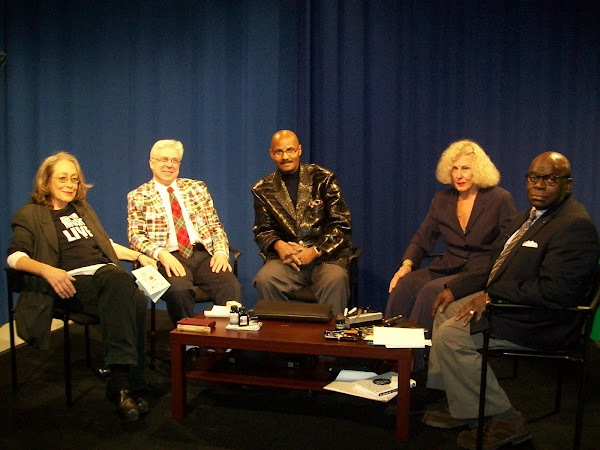

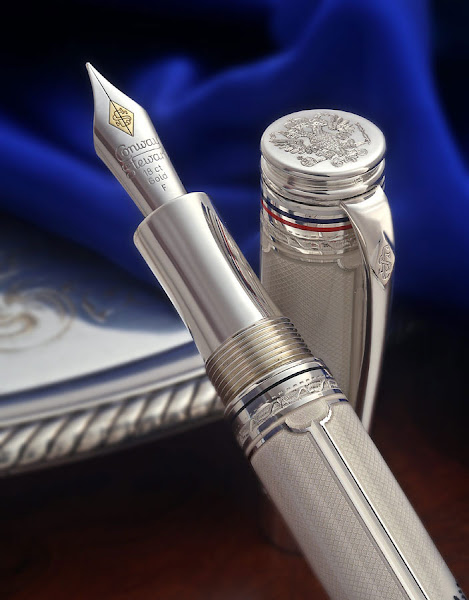
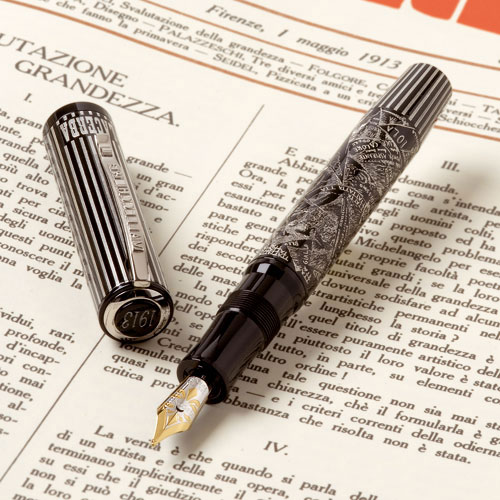
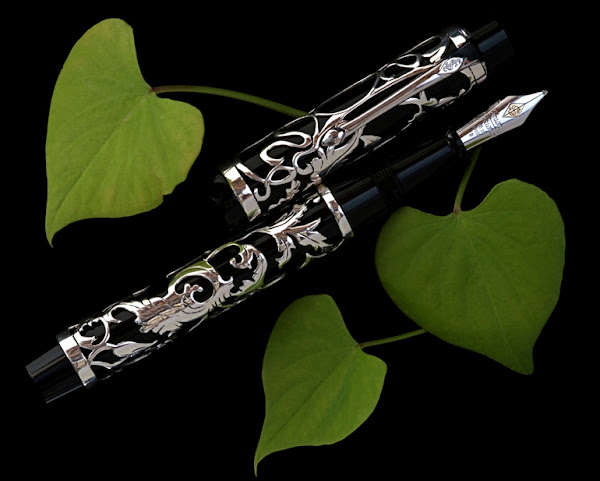

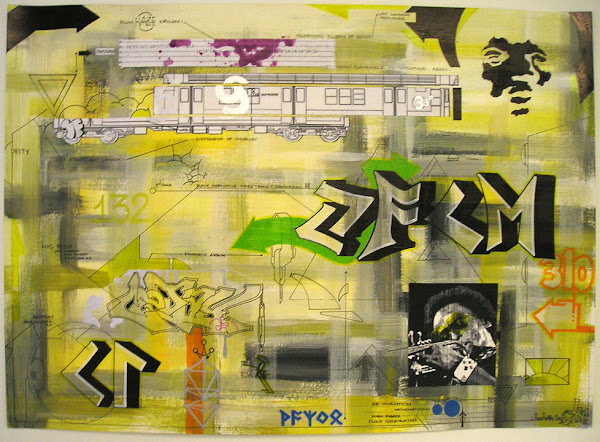.jpg)
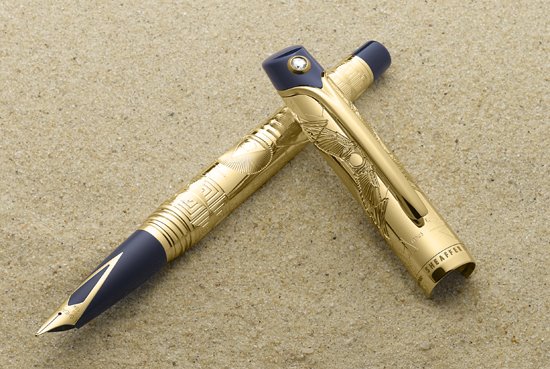


1 comment:
Fascinating blog!
Dean Hutchins
Post a Comment